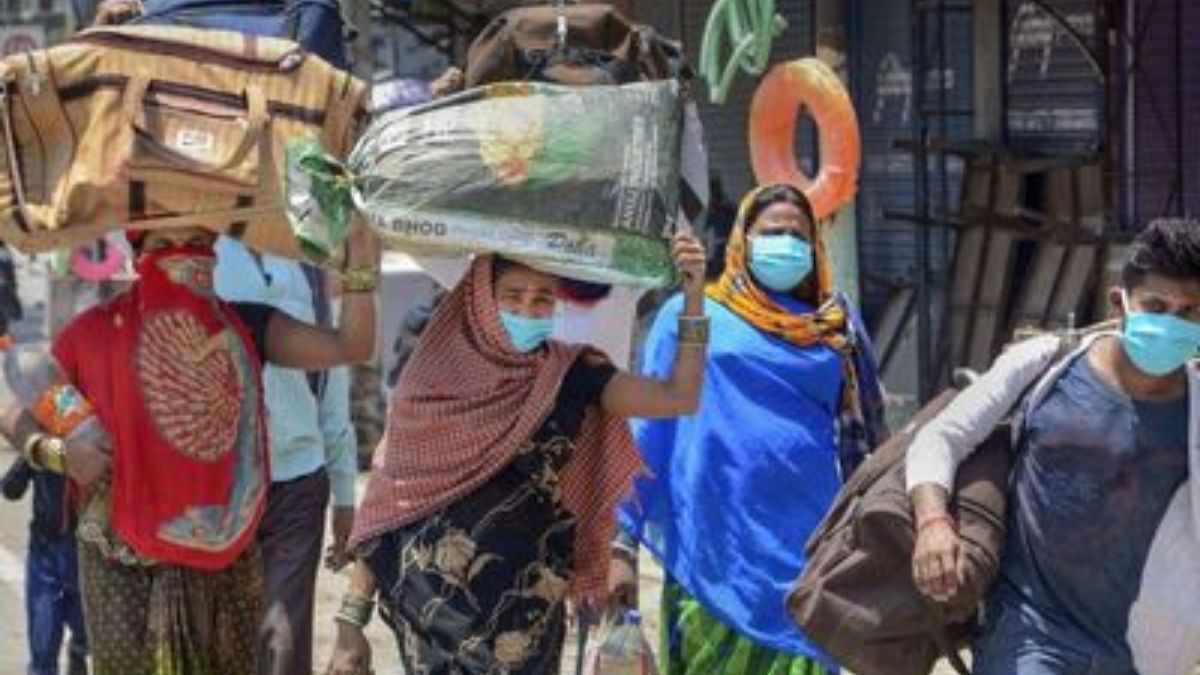
This year too, as every year, across the world, the Christian practice of “Lent” was observed before Easter, which fell on 14April. By observing the 40 days of Lent with fasting and prayer, Christians replicate Jesus Christ’s sacrifice and withdrawal into the desert for 40 days. Few people make the connection with Lent and quarantine, which traces its origin to the old Italian ‘quarantino’, referring to the 40 days of isolation imposed on ships from plague-infested ports before their crew, passengers, and cargo were given permission to land in Mediterranean ports during the 14th Century.
This 40- day quarantine — or ‘quarantino’ — was imposed because of the “black death”, a devastating global epidemic of bubonic plague that struck Europe and Asia in the mid1300s. We in India have crossed 50 days of lockdown and the principal question in everyone’s mind is whether this lockdown was the best strategy. Initially it was easy to justify. Most countries chose lives over livelihoods and imposed a lockdown. India had the world’s largest lockdown. Europe and even the US did this too. So, did those in our neighbourhood.
The argument was simple — lives were more important than livelihoods, said the leaders. Till the ‘always-ofa-different-view’ President Donald Trump asked the inevitable question: Are we talking about a cure worse than the disease? Many economist and others picked up on this contention, arguing that it’s not just about life but the quality of life! That after some time life with no livelihoods may be the only result. Ultimately, it’s about incomes — for individuals and for government — in order to restore the demand in the economy.
Several learned economists have argued for thinking the whole strategy through and not locking ourselves into a corner from where there is no getting out. But then the options are very limited, a large and poor country like India cannot do mass testing of the whole population, neither can it afford the ‘herd immunity’ option of getting some 75% of the population infected (to contain further spread) as that itself would translate to some 800 million people with possibly 3% or over 25 million mortality! Totally unacceptable.
With no other option, lockdown was the only weapon available to most countries and the world chose it. The idea was to break the chain of infection. And as recently stated in an article on LinkedIn: “We are all human beings not human doings.” The obvious choice was life! Maybe an easier option in rich countries where they can sustain lockdown much longer simply because of better resources. For developing countries like India, perhaps the 40 days of quartino are themselves too long for large swathes of society.
Historically this is an unprecedented time and there appear to be no final answers. Was this then society’s “Sophie’s Choice” moment? (Reference the movie about Nazi Germany and Sophie having to give up one of her two children). Well not really, since it’s not just about choosing between the two worst options but actually running with both. It’s not about either-or but actually both. The timing however of this balance is crucial. It’s a very tough decision and there will be consequences either side.
The next step prescribed in this strategy is a calibrated or graded opening up. That is the tough part. Such “calibrated” opening up has a problem, especially for business and particularly for manufacturing. In this highly-integrated economy, there are no different parts of the whole. Leaving even one small part of the value chain out means not being able to manufacture the whole. All business activity is linked to the other. Here it’s not about big or small businesses, it’s about the whole chain which cannot bear up to a shutdown beyond say the 40-day lockdown. The future is both uncertain and dodgy.
The economy is tanking but the real issue for us as a society is the “Gini Coefficient”. This is the commonly used measure of income inequality that condenses the entire income distribution for a country into a single number between 0 and 1: the higher the number, the greater the degree of income inequality. For India will it go up or down post-Covid? That is the ethical question and will determine for each country how the strategy rolled out.
That is what all religions teach us — compassion and caring for our fellowmen and women, and therefore to start praying and working towards this aim. Business will revive as it must, but all of management must recognise the importance on the one hand of new technologies and automation and simultaneously on the other of managing with the heart and not just the mind.
History also teaches us that all pandemics typically have two sorts of endings. The health or medical outcome which we are all trying to contain. And the second or social result when the epidemic of fear about the disease reduces. We need to prepare for that
The writer is former Secretary to Government of India and exSecretary General, FICCI (Federation of Indian Chambers of Commerce and Industry).